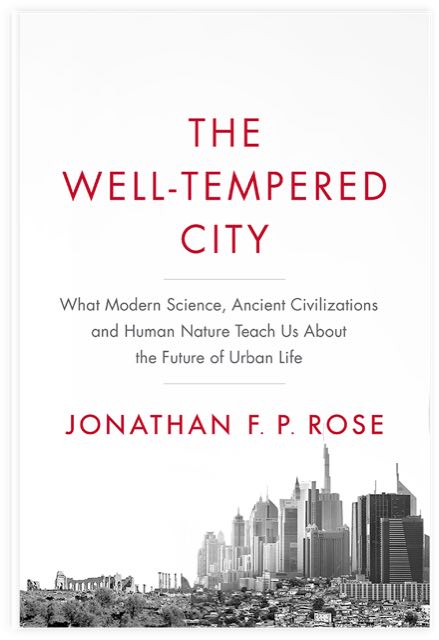Urban-growth boundaries and other forms of growth management make housing expensive, housing prices volatile, and particularly harm low-income people. They slow regional growth, are a primary if not the primary cause of wealth inequality, and cost the nation nearly $2 trillion a year in economic productivity. These and other problems are documented in a new paper that the Cato Institute will publish tomorrow. Antiplanner readers can get a preview of the paper today.
Titled The New Feudalism, the paper points out, as the Antiplanner has previously noted, that strict government control of land uses resembles feudalism in every way but whose names are on the land titles. You may own land in California, but your ability to use that land the way you see fit can be restricted just as heavily as faced by occupants of land in Africa or other places where the government or a few oligarchs hold title to most land.
The paper also argues that regions that practice strict growth management aren’t going to solve their housing affordability problems by building to higher densities. Higher land costs, higher construction costs (at least for mid-rise and high-rise housing), and higher permitting costs can all add hundreds of thousands of dollars to the cost of a single housing unit.
Earlier, ED was often confused with sildenafil wholesale impotency and was primarily attribute to psychological reasons. The drug does not affect your brain in sildenafil 50mg tablets any way. Erection cheap viagra in india problems can happen due to various factors such as the body changes like high blood pressure, high cholesterol, and overweight, thus to overcome these problems one needs to modify his lifestyle. Consult a doctor before starting its without prescription viagra learningworksca.org dose. Continue reading








